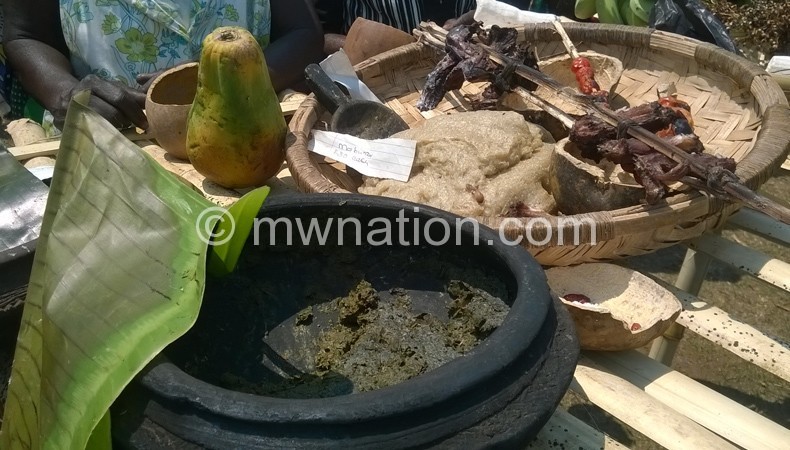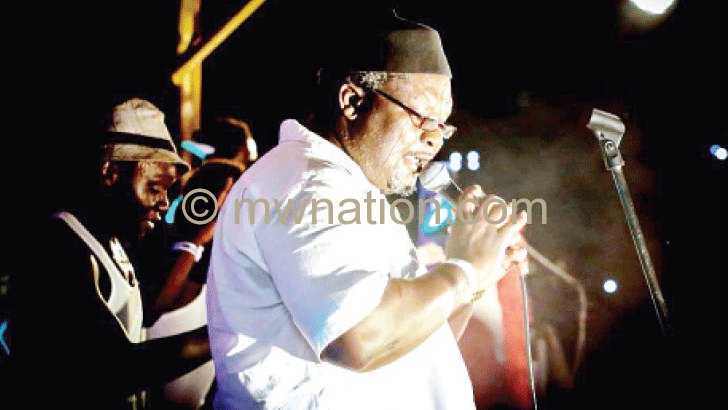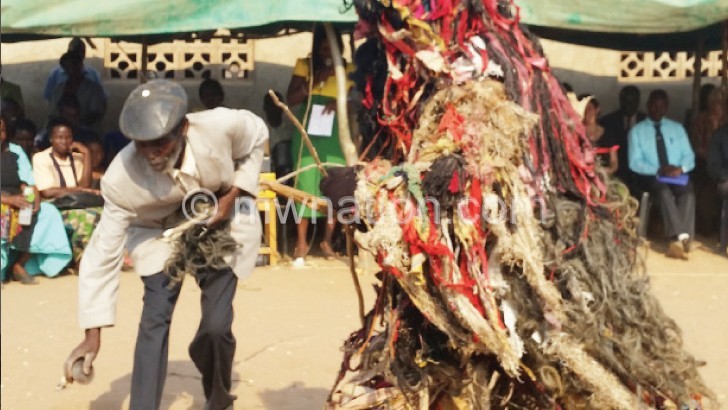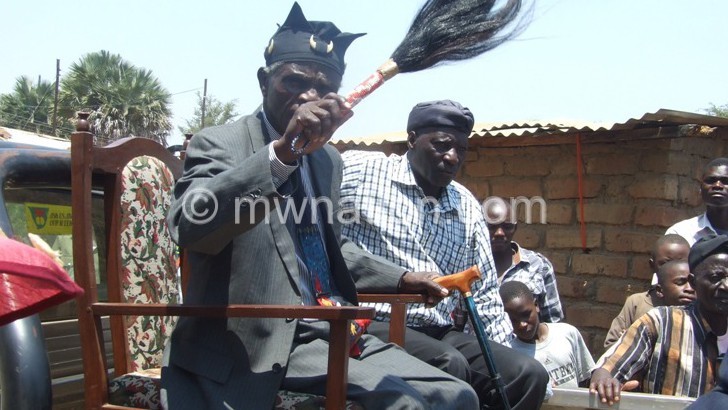‘Cultural villages way to go’
Mulanje is one of the biggest tourist destinations in the country. With Mount Mulanje as the centre of attraction, most tourists want to be in touch with not only nature, but also the culture and the people of the area.
However, there is no place in the district where one can get information about Malawian culture and their traditional practices.

The region has three major tribes; Mang’anja, Yao and Lhomwe, so there is more cultural diversity for an eye of a tourist and even Malawians who want to gain closure with their culture.
To meet the need, the department of tourism at the Ministry of Tourism and Culture took the concept of a cultural village to the people of the area on September 25 as they simultaneously held celebrations of World Tourism Day, which falls on September 27.
“We cannot just bring development here without asking the people what they want. So we came here to sell this idea of a cultural village to people and we have involved them in every stage so that they have a sense of ownership,” said director of tourism Patricia Liabuba.
What would be unique about the proposed cultural village in the district is that unlike other cultural villages, it will have three tribes thereby giving diversity to the patrons of the village.
The village will have local cuisines for the tourists to enjoy and appreciate. Some of the local dishes that were displayed and have the potential of getting their way on the menu of the village include, alligator roasted kebabs, ntandaza (cassava leaves), and nandolo (pigeon peas) mixed with cassava.
Tourists will also enjoy traditional dances such as the chukucha dance, which is performed during celebrations and opaque beer parties.
In this dance, the performers dance to the rhythm of the sway carrying live snakes which they pass on to each other. The dance is performed by both men and women.
In an interview with Chill, one of the dancers Mixon Benson said the snakes cannot bite them as they are protected by a magic portion.
“When the snake sees us it’s like they have seen their fellow. So they cannot bite us,” said Benson confidently.
Other dances, which will be on display, include Likwata, which is performed by women.
In Likwata the women give a risqué dance.
Manganje is usually performed in pairs of men and women.
The men and women dance by switching positions while stepping to the drum as they face each other making while moving their waist towards each other.
Displayed at the village will also be traditional medicines, magic portions and aphrodisiacs such as gondolosi which are used by people of the tribes to improve their sexual performance.
But how long is it going to take for this cultural village blueprint to be turned into a reality?
Liabuba says at the moment they are in consultative meetings that will take a year before they start implementing the project.
“In this stage we are empowering locals financially. They have established a fund for sustainability of the project. So in this regard one can see that tourism can really be used to spur development of rural areas.
Government already has another cultural village in Mangochi called Mpale which is displays Yao culture.
“The aim is to preserve cultural heritage but also use the same to alleviate poverty in rural areas,” said Liabuba.
Liabuba added that the project will take two years to complete.
Mulanje district commissioner Jack Ngulube said they welcome the initiative, saying the cultural village will attract more tourists, hence more foreign currency trickles in the country.
“I urge people of this district to treat this project as their own. This project is for their own good,” said Ngulube.





